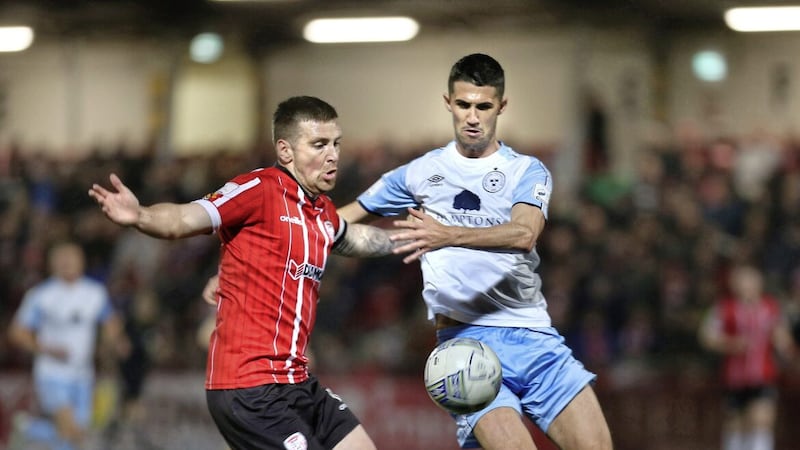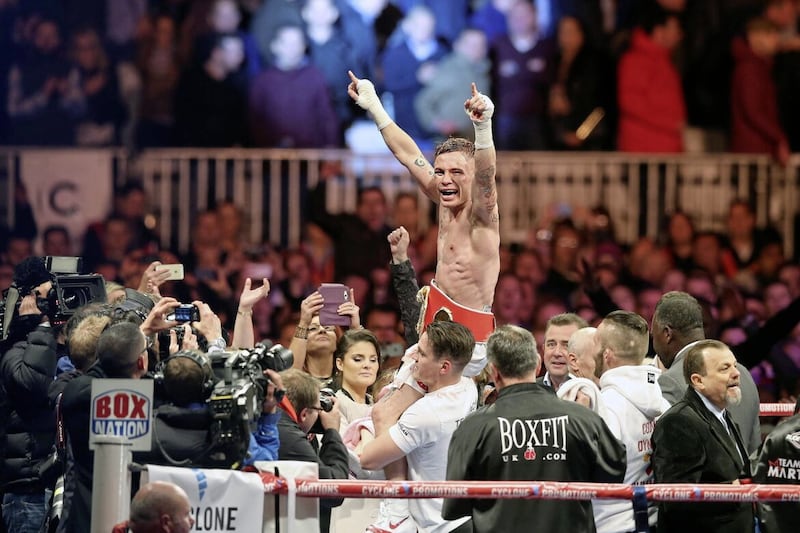WHO said the Dubs couldn’t be caught, eh? The grainy long lens pictures, replete with shadowy frame of foliage for added subterfuge, sent the GAA world into a tailspin yesterday and reopened a can of worms that was already pushing hard at the lid.
A day on, those images have been zoomed into so many times that the morning dew almost wets the nose. First view, and first reading of the Irish Independent story, was shocking. April Fool – it has to be. It has to be.
But there was no joke. Footballer of the year Brian Fenton and sky blue stalwart Jonny Cooper were among those captured on camera as members of the Dublin panel convened for a dawn training session on Wednesday.
Yep, Wednesday. Of the same week that Taoiseach Micheál Martin confirmed senior inter-county squads could finally resume collective training from April 19. Of the same week that the GAA stressed no collective sessions should be held between now and that date.
The optics, and the timing, were truly awful.
Especially when you consider that, since the last time they were ambushed - by Donegal almost seven years ago - Dublin have barely put a foot wrong.
On the field, they are a measure of control; every pass picked and weighted perfectly, cold-blooded when it comes to converting opportunities, in-game decision-making the best Gaelic football has ever seen.
Risk is the enemy in their relentless pursuit of ultimate reward.
It is difficult to comprehend, therefore, how this PR disaster was able to occur. How, knowing the profile they possess as a result of their remarkable success, everybody associated with the county wasn’t on high alert, aware that such an uncharacteristically thoughtless act would see them splashed across the front pages in the event of being snared.
And then there’s the why. Last year, on their way to a seventh All-Ireland crown in-a-row, Dublin’s average winning margin was 14 points. They are, by a considerable distance, the best team in Ireland. Arguably the best ever.
With less than three weeks to go until counties are officially allowed to recommence collective training, what kind of marginal gains were hoped for in that time? What kind of marginal gains were needed? Was the risk worth the reward? Clearly not.
The Dublin County Board moved swiftly on the matter, carrying out an immediate investigation, acknowledging that there had been a breach of Covid-19 guidelines and suspending boss Dessie Farrell for 12 weeks.
The reaction elsewhere has been curious though. As well as a bit of anti-Dub gloating and guffawing, there was plenty of ire directed at the Indo for running the story at all.
The strangeness of these times undoubtedly feeds into the sense of injustice that follows the public flogging of any group found to have contravened Association rules, never mind the reigning All-Ireland champions.
It also brings to mind ‘The Ban’, a rule which prohibited GAA members from playing or watching ‘foreign sports’, as the 50th anniversary of its abolition approaches in the coming weeks.
While it was in place, vigilance committees were set up in each county - groups of men tasked, essentially, with spying on their own. ‘Curtain-twitching’, perhaps as a consequence of its associated legacy, has seldom been well received and will garner sympathy for Dublin in some quarters.
Others will see a group of young men exercising, at a social distance, and shrug their shoulders indifferently. After all, it is only a few weeks since medical experts claimed there hadn’t been a single confirmed case of on-field transmission of Covid-19 in soccer, rugby union, rugby league or American football throughout a year of the pandemic.
Yet it is exactly because of the times in which we are living that training breaches involving the footballers of Cork and Down earlier this year, and now Dublin, have commanded such attention.
The country is in a heightened state of awareness. With patience wearing thin and the light at the end of the lockdown tunnel seemingly still so far from view for so many, any mis-step is subject to the closest scrutiny.
The GAA knows this, but the “frustration and extreme disappointment” outlined in their statement yesterday is exacerbated further by the fact those players pictured were from Dublin. Also, unlike those earlier breaches, this occurred on a GAA pitch which, like all others, is closed to all activity according to state guidelines.
Anecdotal evidence of club and county teams training may have been doing the rounds for months but to have one of the Association’s standard-bearers caught in the act - a team held up as role models for the athletes they are on the field and the people they are off it – is a monumental embarrassment.
The GAA also needs to consider whether, in part, it is a problem of their own making.
Paddy Tally’s original 12-week ban, which related to a breach of the GAA’s training guidelines and the infraction in Rule 7.2 of “misconduct considered to have discredited the Association”, was reduced to the minimum eight weeks after hearing. It ends on April 6 without a training session, never mind a match, missed by the Down boss.
Ronan McCarthy’s 12 week ban, upheld after appeal, runs out on May 13. Depending on how the fixtures calendar looks, that could be a couple of days before Cork’s National League campaign gets under way. Both counties also lose home advantage in the League.
In terms of delivering a deterrent, that is quite a message to send.
Dublin have already taken action – though it is worth noting that their 12 week suspension of Farrell would come to an end on June 24, by which time the 2021 All-Ireland Championship will only be in its infancy. It’s over to the GAA now.
No doubt there will be those calling for the book to be thrown at the Dubs, to make an example of them, but the precedent has already been set. The book, no matter how hard it’s thrown, just isn’t that heavy.
Dublin and their manager will pay a price, but the greatest damage has been done to the Association itself. Having warned all its units that any breach of the collective training ban could place the resumption of GAA activity “in serious jeopardy”, the implications are potentially wide-reaching at a time when the court of public opinion has never held such sway.
And for what? Was the risk really worth the reward?










